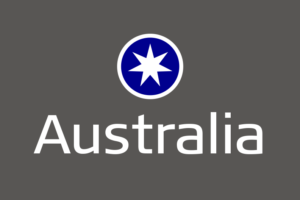Australia: Disability: Standard Disability Management Practices in Australia
 Article provided by Asinta’s Australian Partner CA Financial Services Group.
Article provided by Asinta’s Australian Partner CA Financial Services Group.
Government Disability Programs
Australia, like many other countries around the world, has systems in place to ensure that individuals continue to receive income if they suffer from an unexpected illness, injury or disability. The income support system differs from those of most other developed countries, in that it is funded from general revenue, rather than from direct contributions by individuals and employers.
In addition to the government-funded programs, employers are obligated to provide all part-time and full-time employees with a minimum of 10 paid sick days (which can be carried into the superseding years), as well as contribute to an occupational pension (superannuation).
Superannuation requires that employers contribute a minimum of 9.5% of an employee’s base wages. Contributions by employees are not required but are strongly encouraged. Superannuation fund access is limited to people who are of retirement age unless they fall into one of several special circumstances such as mental or physical impairment. In other words, an employee may be able to access their superannuation to supplement the government program.
Supplemental Disability Programs
With a vibrant economy and a mobile working population, Australian attitudes towards employment pose some interesting challenges for their employers. In a country where employment opportunities remain strong, and companies are grappling with a talent shortage, Australians enjoy a high degree of choosing their employer. Supplemental disability/income protection insurance is one of the most common non-mandatory benefits offered by organizations and valued by employees. Although the government has programs in place, these are not typically enough to survive. Approximately 48% of employers offer some form of income protection.
In Australia, there are two types of income protection typically offered by employers: Life and Disability Lump Sum Insurance policy and Group Salary Continuance. Life and Disability Lump Sum Insurance is the most common non-mandatory benefit in Australia. It can be standalone
or be set up with a default superannuation plan or a special type of superannuation trust. The level of coverage ranges from 10% of salary multiplied by years to up to 4x annual earnings and is dependent on the size of employer and occupation.
Group Salary Continuance (GSC) is often provided to selected professions and higher-grade employees. GSC is easier to set up than Life/Disability Lump Sum Insurances and normally insures base salary plus superannuation. It is typically based on 75% of salary plus 10% of the superannuation benefit.
